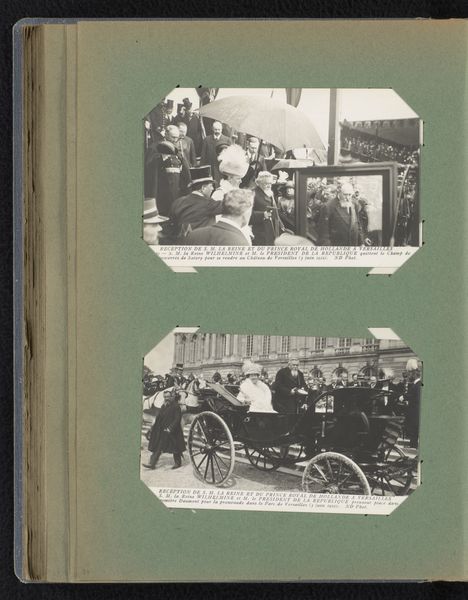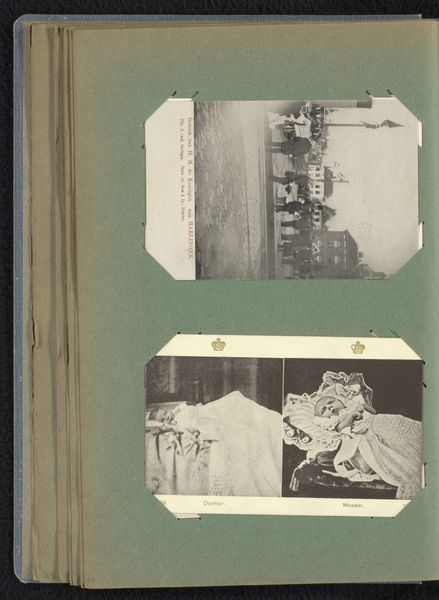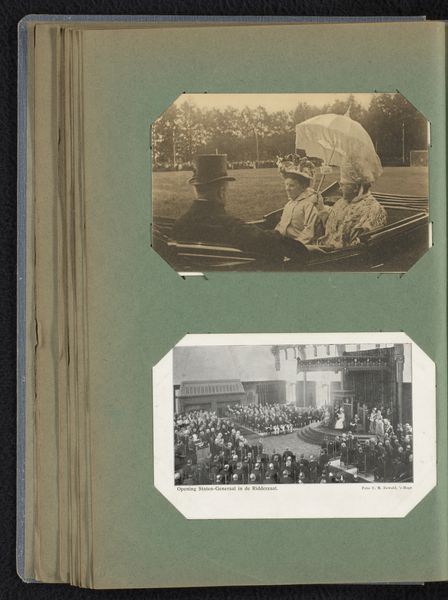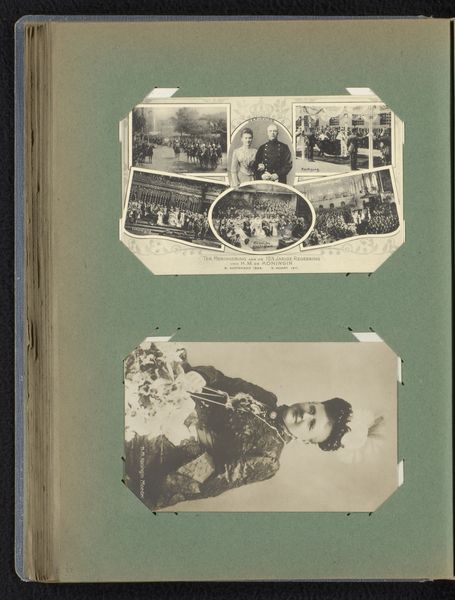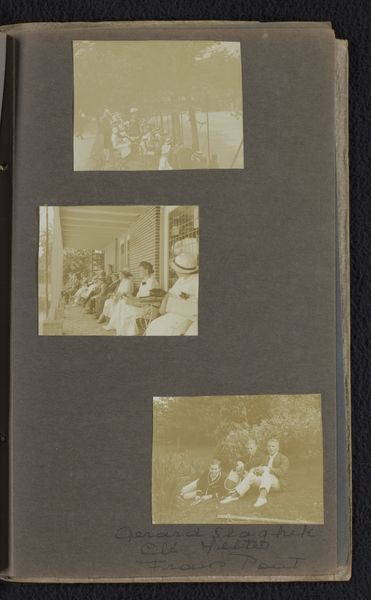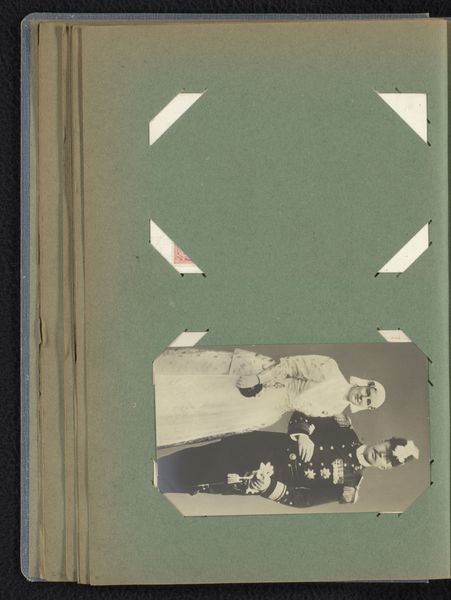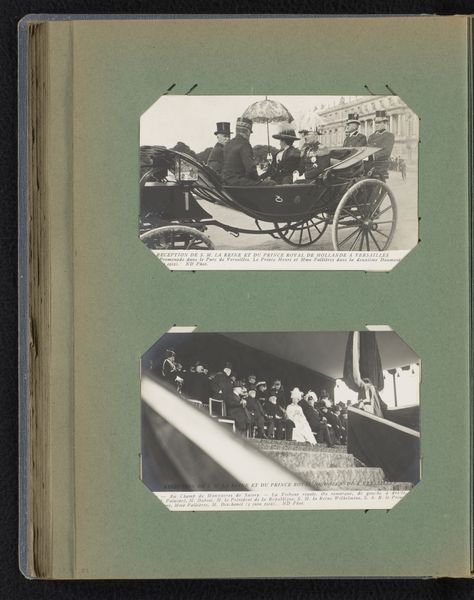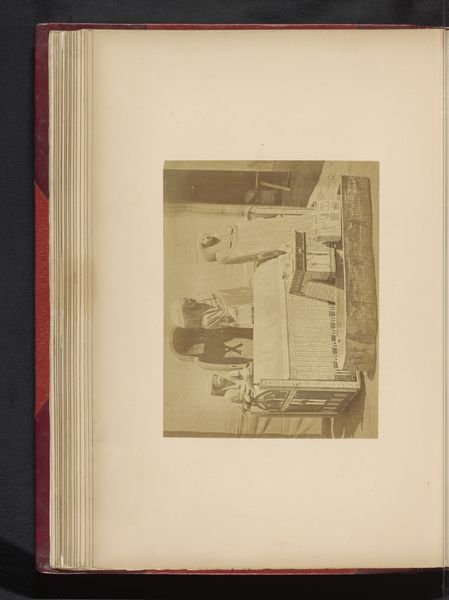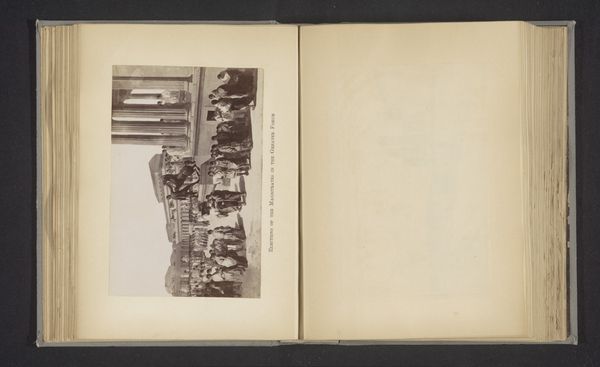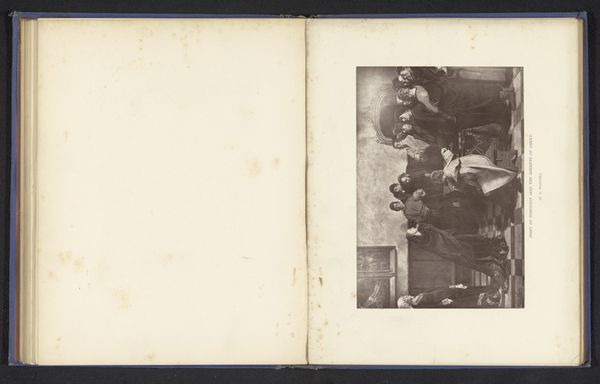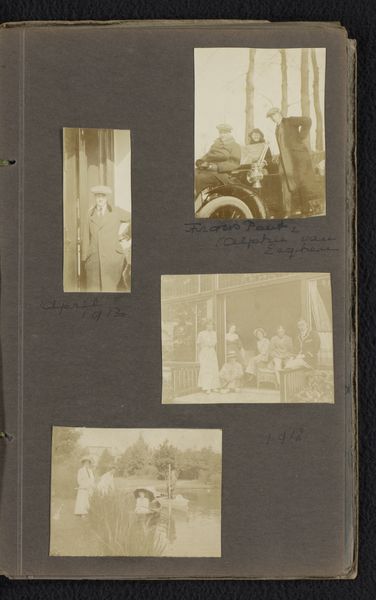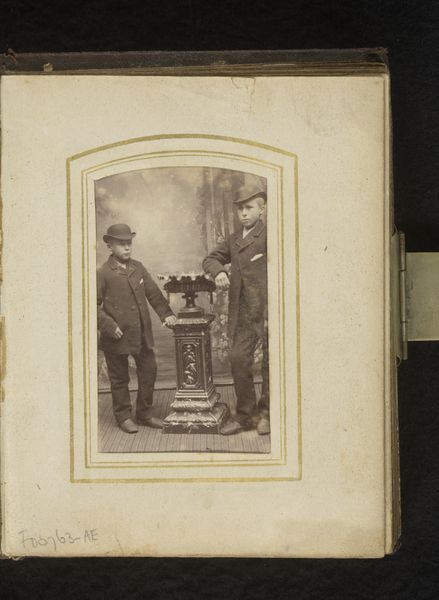
Twee prentbriefkaarten van het bezoek van koningin Wilhelmina aan Parijs Possibly 1912 - 1916
0:00
0:00
print, photography
#
portrait
# print
#
photography
#
historical fashion
#
orientalism
#
history-painting
#
early-renaissance
Dimensions: height 90 mm, width 140 mm
Copyright: Rijks Museum: Open Domain
Editor: So, here we have "Two postcards of Queen Wilhelmina's visit to Paris," probably from the 1910s. They're black and white photographic prints, documenting a formal occasion. There’s a real sense of stiff formality to them; it's like a carefully staged performance of power. What historical narratives do these images evoke for you? Curator: What strikes me is how these postcards participate in the broader political theatre of the early 20th century. Photography at this time was crucial for shaping public image and fostering national identity. Royal visits weren't just social calls; they were carefully orchestrated displays of alliance and strength. Notice how Wilhelmina is positioned – she’s presented in a way that reinforces her authority and the prestige of the Dutch monarchy on a global stage. Do you think these images challenged the male-dominated sphere of power at that time? Editor: That's a really interesting point. I hadn't considered the gender politics at play. While she's definitely presented as a figure of authority, are these carefully constructed images enough to disrupt the predominantly male perception of leadership during the period? Curator: Precisely. These postcards can be interpreted as a conscious effort to portray a female monarch as a strong leader, challenging traditional gender roles in a subtle yet powerful way. Disseminating these images broadly via postcards brought that challenge directly to the masses. Furthermore, they’d become objects of circulation, prompting discussions and perhaps, shaping perceptions. Think of it as a carefully crafted piece of propaganda designed to influence both domestic and international audiences. Editor: I see what you mean. It's fascinating how a seemingly simple photograph can be loaded with so much cultural and political significance. I had only thought about the stiff formality but, there's also a display of powerful diplomacy on view, and also quiet disruptions, using visuality and photographic mass dissemination to slowly evolve society's perception of its leaders. Curator: Indeed. Examining art like this forces us to consider the layers of meaning embedded within visual culture and its dynamic role in constructing and conveying power structures throughout history.
Comments
No comments
Be the first to comment and join the conversation on the ultimate creative platform.

